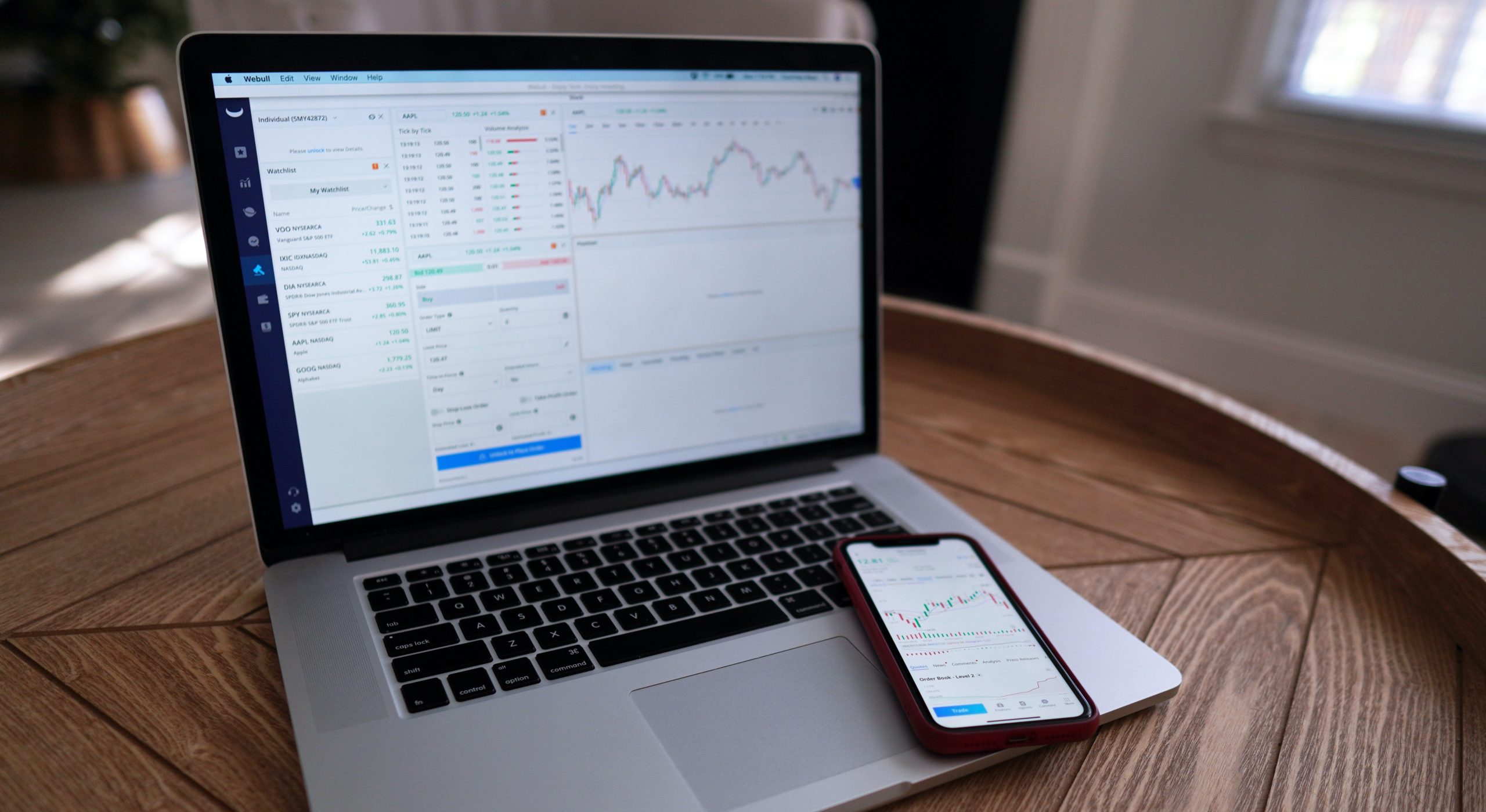U.S. Cyber Threats and Your Portfolio Risks: Learn To Protect Your Investments

Despite the growing commitments to reestablishing or rebuilding critical infrastructure after the pandemic, the Biden administration is still fighting an uphill battle against cybercriminals and nefarious networks poised to confront and dismantle the work they do. Proposed bills and spending target the upgrading of systems like roads, schools, water, and industries, but the administration seems a little less focused on upgrading integral technologies.
Without adequate upgrades, vulnerable supply chains and government entities could fall victim to cyberattacks. These attacks can come from foreign countries or individuals. Unfortunately, criminals and nefarious actors often remain at the forefront of computer technology, leaving many governments and businesses playing catchup.
Getting Ahead in a Constantly Changing Digital Landscape
The key to protecting infrastructure upgrades is investing in digital security, or digital power, as Admiral James Stavridis (ret.), former supreme allied commander at NATO, and Frances Townsend, homeland security advisor to President George W. Bush, explain. In the world of politics and foreign policy, there is hard power and soft power. Hard power refers to military force, and soft power is about diplomacy.
While hard and soft power was enough at one time, the world has evolved, leaning harder toward technology and globalization. When threats take on a digital presence, it is challenging to determine a point of origin, meaning diplomacy and military strength present no real path forward.
Digital power is about preemptive control, increasing digital fortitude to ensure minimal risks. By becoming a significant digital presence, the United States limits threats from outside the infrastructure. Upgrading all critical digital systems means removing the susceptibility of infrastructure compromises.
[insert page='Offer' display='content']
Investing in the Necessary Change

A $2 trillion plan to boost and restructure the country's infrastructure is essential, but a large portion of that investment should go toward improving technological weaknesses. If the administration does not invest in technical upgrades, the $2 trillion is only a temporary stopgap until the next cyberattack or threat.
Beyond money, the administration needs to focus on uniform guidelines. While many industries might have the funds to improve cybersecurity, they do not know where to invest or who to trust. The technology industry is competitive and full of boisterous companies searching for the next big contract. Without governmental guidance, these industries remain vulnerable to inadequate upgrades and ego.
If the administration does not step up, all new systems — roadways, schools, water, sanitation, etc. — will continue to run on old technology, with nothing really changing. The current proposals are a facelift when a heart transplant is needed. With increasing vulnerabilities, investors need to take caution.
Diversification Is Always the Best Strategy
While an individual investor cannot do much to change administration policy or direct government funds to cybersecurity, he or she can choose an intelligent investment strategy. Often, investing in infrastructure is a good option, but as with any investment, putting all your money into one company or market is not a wise choice.
Diversification is about spreading your investments across varying financial vehicles, industries, and other categories. By increasing the spread of your portfolio, you can mitigate potential risks or fluctuations in the markets, protecting your overall investments. Think of diversification as balancing your portfolio against risks.
What are your feelings about the vulnerability of the stock market and the country’s infrastructure? How confident are you to continue investing? Leave a comment below and continue the conversation.
